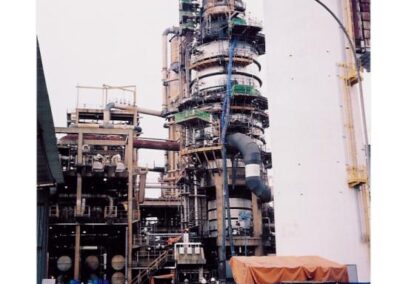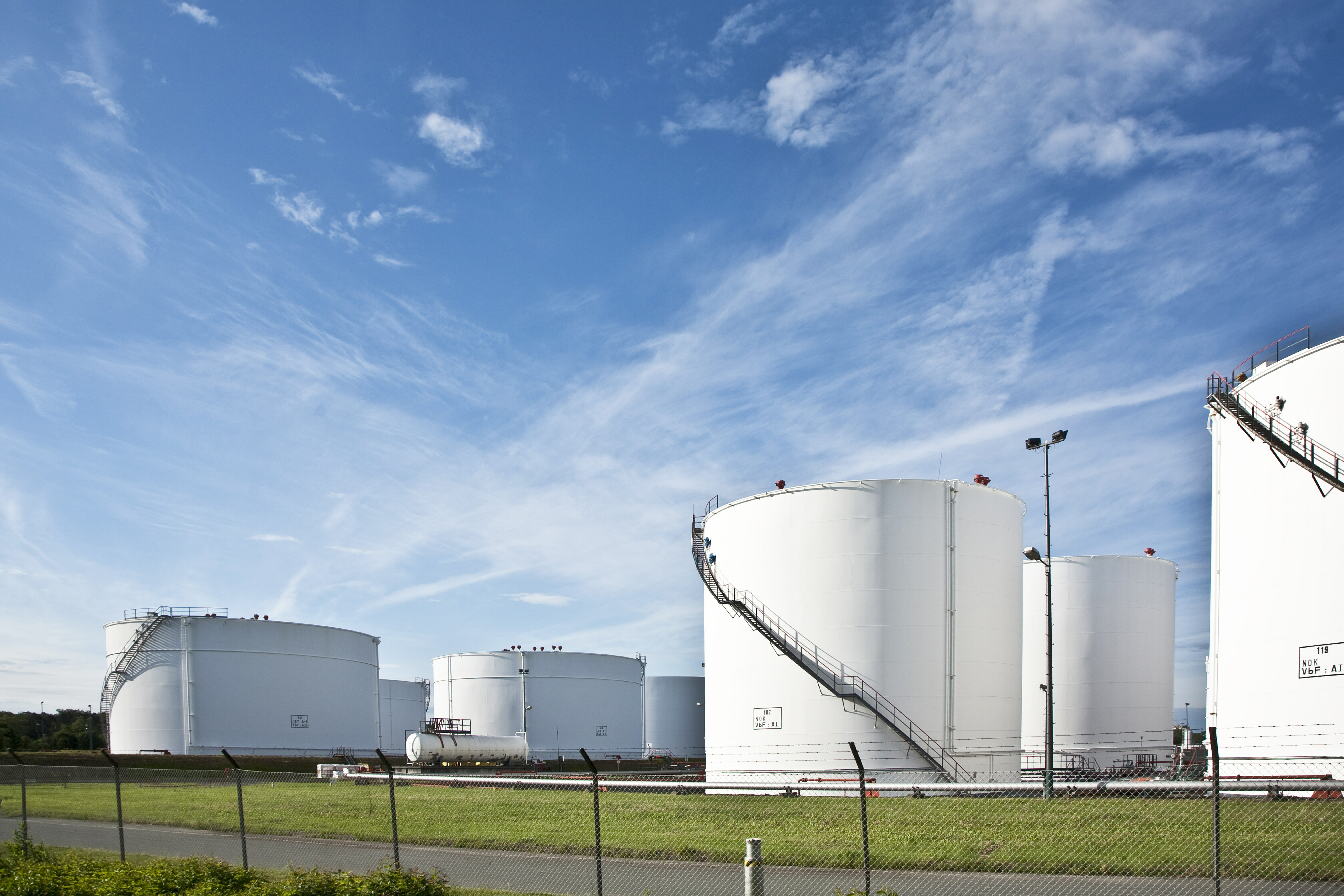Part 10
As we have been discussing petroleum refining processes and the various problems that are encountered during decontamination and shut-down preparations, we have taken side trips to talk of related subjects such as pyrophoric iron, degassing and other matters. One of these side discussions was about asphaltenes. Two other constituents of crude oil that have impact on petroleum refining operations are resins and polymers.
The stability of petroleum is dependent upon the molecular relationships between constituents, such as asphaltenes, resins and polymers, and the balance with the other constituents of petroleum.
The asphaltene constituents are the highest molecular weight heaviest and most polar compounds in crude oil. During petroleum refining, the asphaltene compounds are non-distillable and remain in the residual fuels as the distillable fractions are removed.
Resins are similar in composition to asphaltenes having varying molecular weights and being comprised of aromatic rings and aliphatic chains. Primarily, the difference between the two in composition is the proportions of carbon and hydrogen aromatic rings. Whereas asphaltenes may have in excess of 50% of the total carbon as aromatic carbon, in resins, the proportion of the total carbon occurring as aromatic carbon is significantly lower. As a result, the molecular weights of resins are substantially lower than the molecular weights of the asphaltenes.
While asphaltenes are black components found in crude oil, resins tend to be red in color. Asphaltenes are solid, dry and can be powdered while resins are heavy liquids or sticky solids. Asphaltenes do not dissolve in crude oil, but exist as colloidal suspensions. Resins are readily soluble in crude oils. In addition, the resin constituents contain a variety of functional groups including ketones, acid functions, ester functions, hydroxyl functions, nitrogen functions and sulfur-oxygen functions.
Resins act as peptizing agents for producing colloidal suspensions of the asphaltenes. The micelle is formed from a polar asphaltene center surrounded by resin molecules. This configuration is highly polar and surface active and results in formation of water-in-oil emulsions. In crude oil storage, sedimentation can occur due to oxidation of the asphaltene-resin constituent. Thermally degraded asphaltene or resins are more aromatic and less soluble and appear as sediment during visbreaking and cracking processes. This sedimentation is the precursor to the onset of coking.
During fractional distillation or crude oil, it is common for resinous compounds to be entrained with the vapor stream and be carried into various of the distillation cuts. This is particularly so with kerosene and diesel, and to a lesser degree with the gasoline range product. It is these dissolved resins present in the fuel stocks that form “varnish” in combustion engines or you might see deposited in fuel tanks when the fuel is left unused for an extended period.
Alkanes vs. Alkenes
Alkenes are unsaturated hydrocarbon compounds which means that they have at least one carbon-to-carbon double bond. By comparison, alkanes are hydrocarbon molecules which do not have any double bonds between carbon atoms and are termed as “saturated”. The double bond present in alkenes makes the compound more reactive and alkenes readily undergo polymerization reactions.
Crude oil does not contain any significant concentration of alkenes being composed of primarily saturated alkanes, aromatics and condensed aromatics (resins and asphaltenes). We synthetically produce alkenes through thermal processes called “cracking”. Cracking can be from mixing the large alkane molecule with steam and heating to very high temperatures (thermal cracking) or through passing the large hydrocarbon stream over a hot catalyst (catalytic cracking). The cracking process produces smaller sized alkanes and some alkenes to be made.
Ethylene, propylene, butylene, styrene and butadiene are some alkenes that are produced from the cracking of larger saturated alkanes. The cracking process is random and many different configurations of resultant smaller alkanes and different alkenes are formed.
For example:
C15H32 → 2C2H4 + C3H6 + C8H18
ethylene propylene octane

The above is but one possible reaction involving C15H32.
These alkenes are also known as monomers indicating that they are single unit compounds that may eventually become “poly”mers. Or, multiple repeating monomer units to make “poly” ethylene, “poly”propylene and so on. The monomer molecules are produced in varying concentrations from the cracking processes within the petroleum refinery, but are not the intentional focus of production. The thermal cracker and catalytic cracker units are in place to produce more fuels such as diesel, kerosene and gasoline from the larger molecule naphtha feed stock.
Gasoline that is produced in the cat cracker is higher in octane rating, but is less stable due to its higher content of olefins (alkenes). The olefin content leads to polymer deposits in combustion chambers, fuel injectors and storage tanks.
The operating units that create the alkenes or accept feed streams containing alkenes often deal with the formation of polymers while in process. It is an inevitable consequence of these processes. We will discuss the decontamination and removal of the polymers in future discussions about the cat cracker, isomerization, catalytic reformer units and others.


